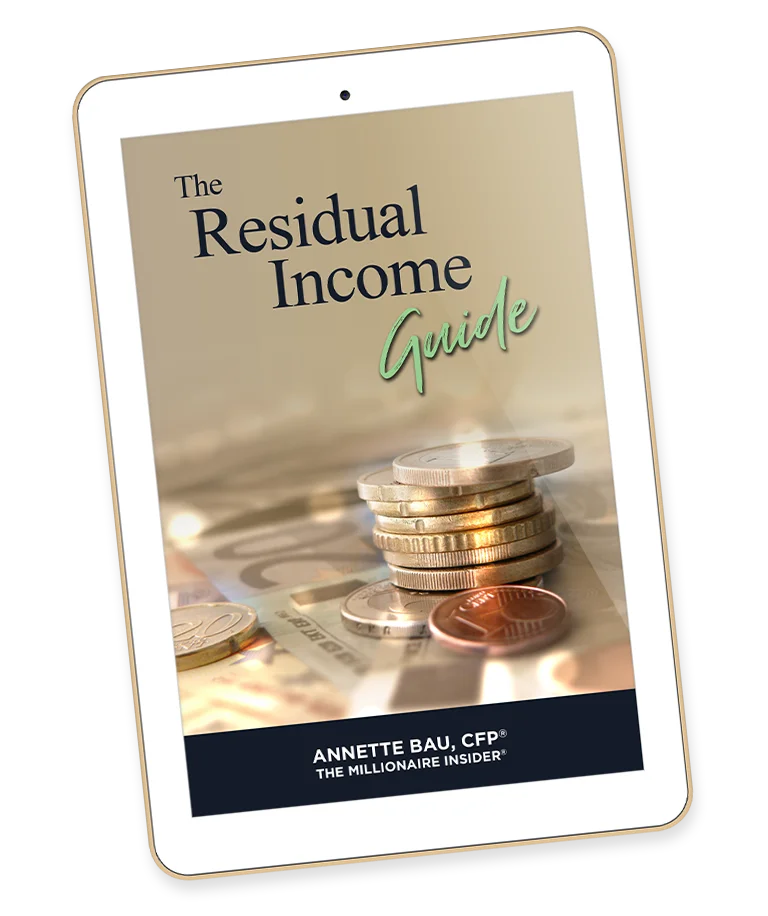Many people want to understand investment planning, but it’s far more effective to determine why you’re investing in the first place.
A strategy for investing is an essential step in your financial plan. Once you identify your objective (i.e., retirement, new home, college fund, or legacy planning), determining the choices that will best help you get there becomes much easier.
Disclosure
All materials and intellectual property are copyrighted by MillionaireSeries.com®.
This information is for educational purposes only. It is not intended to replace any advisor or specialist or provide any investment, financial, tax, retirement, planning, or healthcare advice.
By reading this, you agree to hold MillionaireSeries.com® and its affiliates harmless for results achieved or not achieved.
When is the Best Time to Start an Investment Plan?
As the saying goes, the best time to begin investing is as early as possible. The second best time is now. Too often, people who missed out on the opportunity to invest early in their life or career spend too much time wishing they had done something differently, but not our WeathIOC (Wealth Inside and Out Community)!
The critical step is to start right now. If you lack the confidence or knowledge to begin, hire a professional to assist you. Putting off saving and investing can be hazardous to your life and wealth!
What is an Investment Planning?
An investment plan is a document that sets forth your goals, strategies, and timetable for investing. The plan will take into account your financial situation and risk tolerance. Investment plans are ideally created with the help of financial advisors and should be reviewed periodically to ensure they remain consistent with your goals and objectives.
Why is a Investment Planning Important?
An investment plan is essential because it provides a roadmap for you to follow to help you reach your financial goals, such as retiring at 60. Without a plan or support from a professional, people often make decisions based on emotions and impulses. As a result, they can experience costly mistakes. A well-thought-out investment strategy will help you stay the course and avoid these pitfalls when markets are volatile, or something unexpected happens in your life.
If you have the best intentions of getting started but have yet to do it, you may have a money block.
To learn more about blocks that keep you stuck, click here.
How to Create an Investment Plan
It’s generally better to build an investment plan with the guidance of a financial advisor, but these steps will help you get started:
1. Organize Your Current Financial Affairs

Collect and review your earnings from all sources, savings, and assets you own, including real estate, stocks, bonds, taxes you pay, etc. You will also want to list your expenses and the liabilities you owe. If you need help creating a budget that works, you can download the Magical Budget here.
2. Determine Your Time Horizon
As a rule of thumb, if you’ll need your money in:
- Less than three years—You probably should not consider investing in stocks because they may be too volatile, and you could lose money if the market drops. A better option may be to put the money into a savings account, money market funds, CD, or short-term bond.
- Three to five years—It may be appropriate to invest a portion of your money in stocks (assuming your risk tolerance is more growth-oriented). Because you do not have a lot of time to rebound from losses in the stock market, bonds or cash equivalents may be a better option.
- Six to 10 years or longer—Assuming your risk tolerance aligns with more growth and can handle more volatility, investing more money into stocks or mutual funds may make sense. Depending on your age and long-term goals, this time horizon may represent your retirement plan money.
If you have questions or need support, click here:

3. Assess Your Risk Tolerance
Risk tolerance is the degree of volatility in investment returns you can tolerate. It is often measured by how much an investor is willing to lose without changing their investment strategy.
Interestingly, in my 30+ years advising investors, I have found that the best time to determine a person’s actual risk tolerance is when the stock market drops and their portfolio loses money.
Think about it. When the market is increasing, it is easy to take risks and think you are growth-oriented. But when you see your hard-earned money gone, it can be a very different scenario.
A great rule of thumb is the sleep test. If you are losing sleep because you are worried about drops in the market, you are likely taking on too much risk.
A qualified investment management professional or financial planner will help you determine how much risk you can comfortably take so you can enjoy your life and not worry about it.
They can provide scenarios that show upside gains and downside losses so you can determine your comfort level.
While reaching your goal is important to your plan, it is not worth spending time worrying that you may lose money because you are taking on more risk than you can tolerate.
4. Choose Your Investments

While you can find so-called experts all over the internet giving investment advice, I strongly recommend you seek the help of a professional. To provide the best recommendations based on your situation, the person needs to know about you, your goals, and your objectives. A qualified professional will help you to determine which type of investments, such as stocks, bonds, mutual funds, real estate, etc., and how much is the best option for you and your situation.
5. Monitor Your Progress
While creating an investment plan is essential, it doesn’t stop there! You must monitor your portfolio and make adjustments when your situation changes, such as when you get older and closer to retirement. Schedule time into your calendar to review your situation quarterly, semi-annually, or at a minimum, annually.
Conclusion — “Investment Planning”
While managing your investments may seem daunting, it doesn’t have to be.
The first step is making a commitment to start, and then begin. Next, get help from a professional if you lack confidence or do not feel comfortable doing it on your own.
A great place to begin is by reviewing and implementing these five steps. The rest will be history! You will be able to look back and be so thankful you took that first step in creating a financially free life you love.

